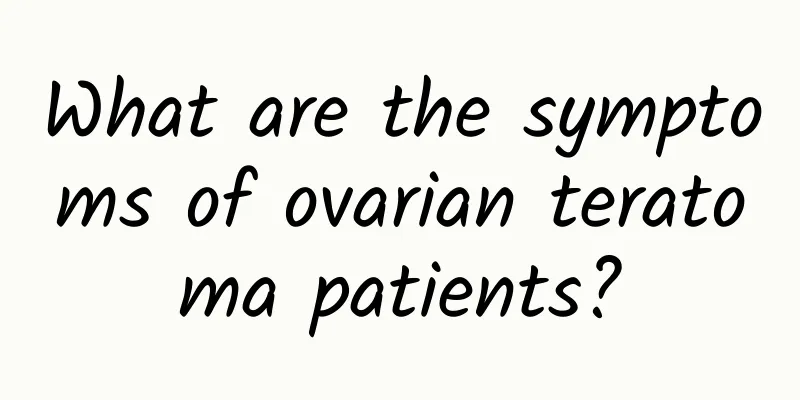The efficacy of wormwood

|
Everyone is familiar with mugwort, right? When it is mentioned, I believe everyone will think of our Chinese traditional festival, the Dragon Boat Festival. When the Dragon Boat Festival comes, people often hang mugwort at the door to ward off evil spirits. This can be considered a custom. I think the Chinese believe that mugwort is to monsters what Westerners believe garlic is to vampires. Of course, the benefits of mugwort are far more than just these. It is true that mugwort is a treasure all over. The medicinal value of mugwort is innumerable. Throughout the ages, I believe that mugwort has always been the perfect Chinese medicine choice for doctors. Mugwort is dried and crushed to make "mogwort wool", which is used to make moxa sticks for moxibustion, and can also be used as the raw material for "ink paste". Next, I will introduce to you the effects of mugwort in detail. Modern pharmacology has discovered that mugwort contains a lot of volatile oil, including 1.8-cineole (accounting for more than 50%), and others include α-thujone, sesquiterpene alcohols and their esters. The air-dried leaves contain 10.13% minerals, 2.59% fat, 25.85% protein, and vitamins A, B1, B2, C, etc. When using moxa leaves for moxibustion, generally speaking, the older the leaves, the better. Hence, there is a saying that “a seven-year illness requires three years of treatment with moxa” (Mencius). Mugwort is bitter, pungent and warm in nature, and enters the spleen, liver and kidneys. "Compendium of Materia Medica" records: Mugwort leaves are used as medicine, which are warm in nature, bitter in taste, non-toxic, purely yang in nature, and can pass through the twelve meridians. It has the effects of restoring yang, regulating qi and blood, expelling dampness and cold, stopping bleeding and stabilizing the fetus, and is also commonly used in acupuncture. Therefore, it is also called "medicinal herb". Most of the "herbal baths" that are popular in Taiwan use mugwort. Mugwort is bitter, dry and pungent in nature. It can regulate qi and blood, warm the meridians, expel cold and dampness, and relieve cold pain. It is an important medicine for gynecology. It is used to treat cold pain in the abdomen, irregular menstruation, uterine cold and infertility, such as Ai Fu Nuan Gong Pills. Stir-fried charcoal can stop bleeding and can be used to treat excessive menstruation due to deficiency and cold, metrorrhagia, leukorrhea, and fetal bleeding during pregnancy, such as Jiao Ai Decoction. This product can be pounded into moxa sticks and moxa cones. External moxibustion can dispel cold, relieve pain, and warm Qi and blood. The decoction can be used for external washing to treat eczema, scabies, and eczema, and to relieve itching. Regarding the properties of mugwort, "Compendium of Materia Medica" records: "Mugwort can cure all diseases." "Compendium of Materia Medica Congxin" says: "Mugwort is bitter and pungent, warm when raw, hot when cooked, and has a purely yang nature. It can restore the lost yang, connect the twelve meridians, run through the three yin meridians, regulate qi and blood, expel cold and dampness, warm the uterus... Using it for moxibustion can penetrate all meridians and cure all diseases." This shows that using mugwort as a moxibustion material has the effects of dredging blood vessels, eliminating yin and cold, reducing swelling and dispersing nodules, and restoring yang and rescuing from adverse conditions. Mugwort has been used to prevent plague for thousands of years. Chinese herbal medicine can be obtained locally, and modern medical pharmacological research has shown that mugwort is a broad-spectrum antibacterial and antiviral drug. It has inhibitory and killing effects on many viruses and bacteria, and has a certain preventive and therapeutic effect on respiratory diseases. The method of fumigation with mugwort leaves for epidemic prevention is a simple and easy method of epidemic prevention. Mugwort, also known as Artemisia selengensis and Artemisia argyi. Its stems and leaves contain volatile aromatic oils, which produce a unique fragrance that can repel mosquitoes, flies, insects and ants and purify the air. In traditional Chinese medicine, mugwort is often used as a medicine, which has the functions of regulating qi and blood, warming the uterus, and removing cold and dampness. In traditional Chinese acupuncture, the moxibustion method is to place "moxa wool" processed from mugwort leaves on acupuncture points and burn it to treat diseases. Having said so much, I think everyone should have a good understanding of mugwort. Mugwort not only has medical effects, but we can also make mugwort green balls, mugwort Qingming fruit, mugwort fried rice, mugwort boiled eggs, and even mugwort dumplings. It is simple and convenient, yet nutritious and healthy. Mugwort is really a treasure. |
<<: TCM treatment of obsessive compulsive disorder
Recommend
Which is the best antipyretic medicine for babies?
If an infant has a high fever, some antipyretics ...
What to do if you have toothache?
Toothache is not a life-threatening disease. This...
Symptoms of retinal arteriosclerosis
Arteriosclerosis is relatively common in clinical...
Mild atypical hyperplasia of gastric glands
Many people found the words "mild atypical h...
What to do if your tooth hurts when you eat hot or cold food
Toothache after eating hot or cold food is mainly...
How to use dried wormwood
Mugwort is a very common plant in people's li...
What is the reason for the black tongue
If you have ever been to a traditional Chinese me...
Is an enlarged heart serious?
Many people don't know much about cardiac hyp...
Does cutting your hair short help with hair loss?
Many people believe that if they experience hair ...
Can a fetus with right umbilical vein be kept?
The right umbilical vein is a type of malformatio...
Pregnancy tailbone pain
Many female friends will experience coccyx pain a...
The skin on your face turns red when it gets hot
It is a normal physiological phenomenon that the ...
Is it normal to have blood clots during menstruation?
Menstruation is a normal physiological phenomenon...
What are the characteristics of a short pulse?
Pulse deficiency mainly refers to the pulse rate ...
What is the reason for the white horizontal lines on the baby's fingernails?
If white horizontal lines appear on the baby'...









